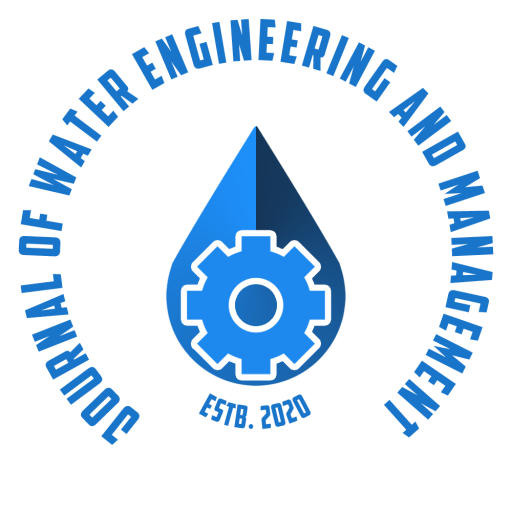Pappu Kumar Yadav, Randhir Kumar
Guest Assistant Professor, Department of Civil Engineering, Government Engineering College
Samastipur, Bihar India, Corresponding author Email: cerandhir@gmail.com
Received on: December 2, 2022;
Revised on: December 10, 2022;
Accepted on: December 26, 2022
ABSTRACT
Due to the rising demand for cement in building, it is necessary to cut cement output by partially substituting cement with alternative materials. When waste material is utilised to make cement, the cost is lowered and the environmental impact is Favourable. The amount of cement produced emits the same amount of CO2 as the amount of lime stone used, resulting in a very unfavorable environmental effect. The purpose of this study is to reduce the environmental impact and cement consumption in concrete by using ceramic material as a supplemental cementitious material. These studies initially explore the Pozzolanic activity of ceramic electrical insulator waste material using three tests: strength activity test, Frattini test, and saturated lime test. According to these discoveries in ceramic electrical insulator material, Pozzolanic activity of material has been revealed, and it may be replaced up to 20% in mortar; nevertheless, more research, such as durability, is required. Following the successful completion of the Pozzolanic activity test in mortar, research is conducted in concrete for the same ceramic electrical insulator material partial replacement with cement in the concrete, and its mechanical properties, workability, durability. Cement has been largely substituted in concrete with 5%, 10%, 15%, and 20% ceramic waste, respectively. Investigate the test performance in concrete for the exploitation of these ceramic waste, here workability test (by slump cone test), mechanical properties test (compressive strength test, flexural strength test. According to the results of the workability test, mechanical properties test, durability test, and micro-structure analysis, the ceramic waste material performs better up to 15% (Fifteen percent) replacement of ceramic waste, and higher than 15%, i.e. 20% or more, does not perform better. According to these findings, ceramic waste can replace up to 15% of cement in future applications; however, more study is needed. Because the ceramic has a low specific gravity (poor workability), the procedure is carried out with a low water cement ratio and fine dancing particle.
Keywords- Ceramic waste, Cost analysis, Compressive strength, Workability.
Request for Full Paper to ce@jweam.in

